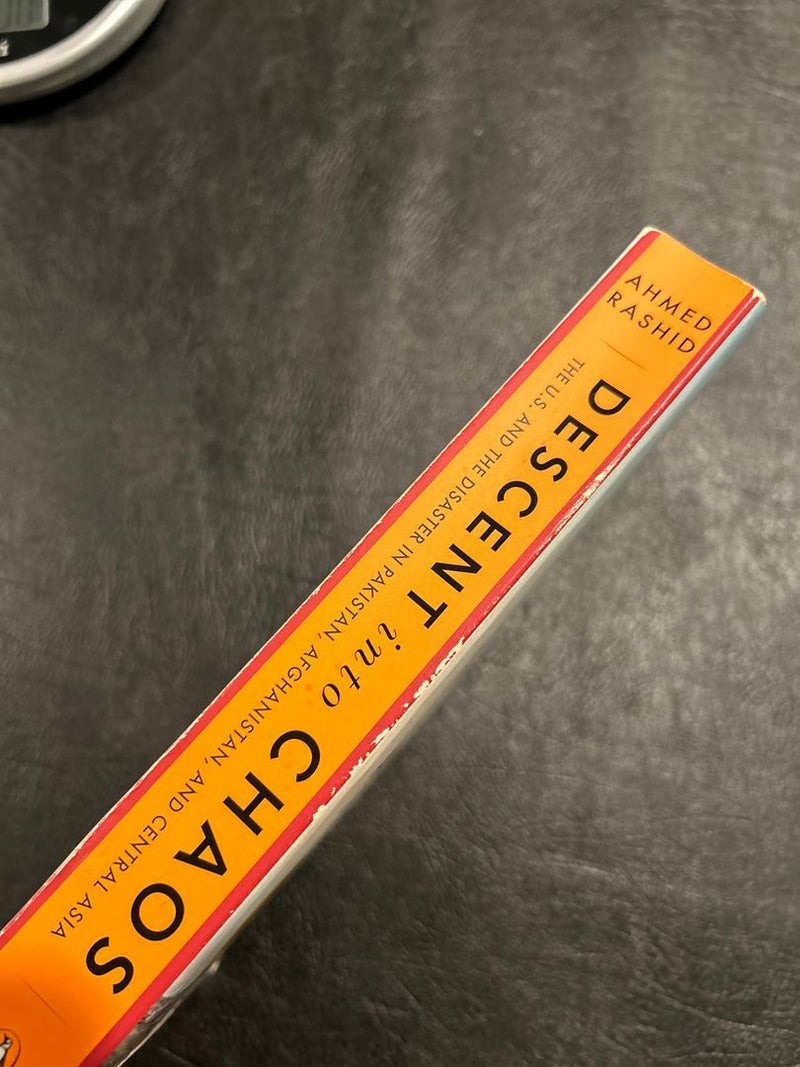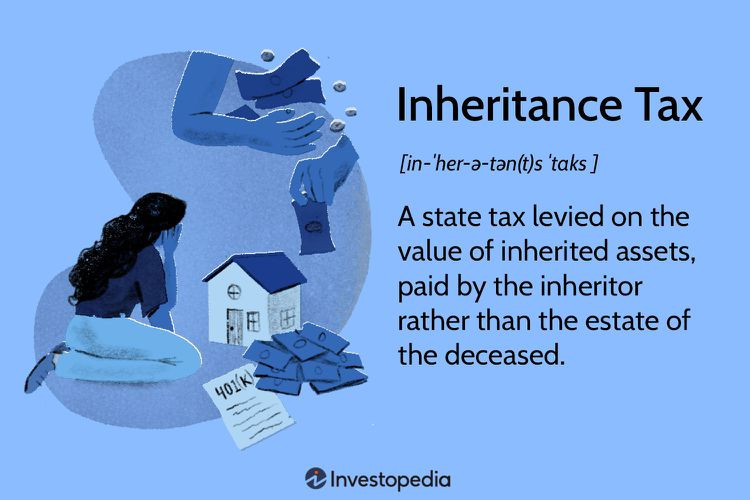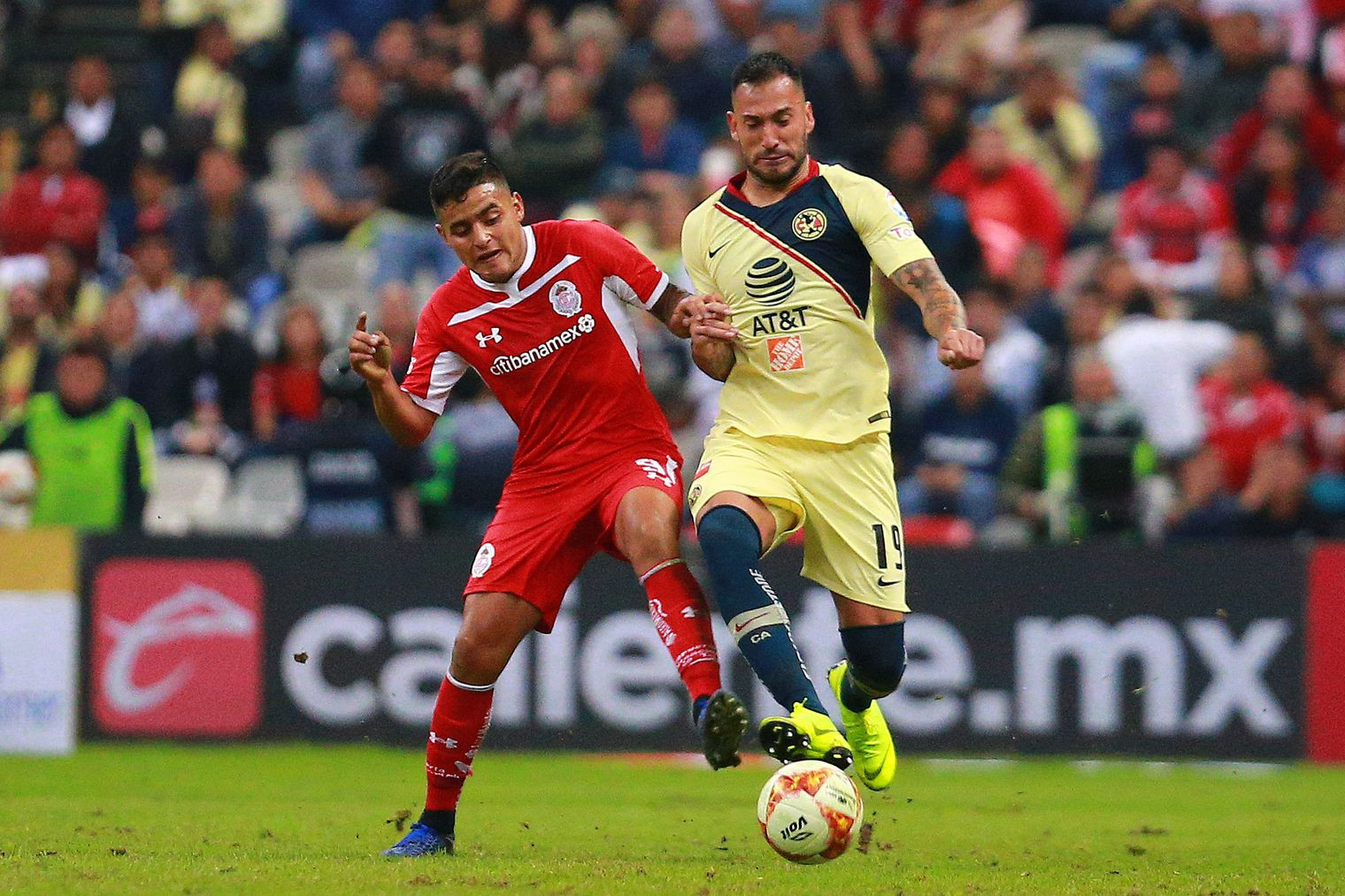A follow-up to the gory pandemic smash returns to the grim world where prisoners must portion out food or risk death but the novelty has gone. Say this for The Platform 2: it gets right to it. Without so much of a recap of its predecessor – a sci-fi horror parable that became a Netflix hit a few years back – characters are debating philosophies of law and economics inside of 10 minutes. By the 40-minute mark, a major character has already committed self-immolation. It’s remarkably fast-paced for a movie set in a series of unadorned rooms that make up an enormous vertical prison.
The workings of this prison were detailed in the first film, and are easy enough to pick up this time around, even without much newbie-friendly exposition: prisoners, who can opt into the structure called the Pit for punishment or in some other kind of exchange, are randomly assigned a different level each month, usually shared with another prisoner. Once a day, a mobile platform descends from the top (level 0) to the bottom (somewhere in the 300s, it’s thought), packed with a succulent variety of foods, lingering for a few minutes on each floor. (Each prisoner gets to pick one favorite item to be included.) Prisoners at the top can, if they so choose, selfishly avail themselves of whatever they want within the time limit. If (when) they do, greed begets more greed, inevitably leaving little to nothing for the poor, desperate souls on the bottom. Of course, everyone’s fortunes can change on a monthly basis; someone on top could easily be shunted down to the bottom, and vice versa. These constant changes should inspire empathy; mostly, they inspire panic and more practically minded selfishness. In other words: eat up now, because who knows where you’ll be next month.
As the sequel begins, the prisoners have organized, putting their own unofficial but exacting rules into place: each prisoner must only eat the food they specifically requested, and nothing more, unless someone else agrees to a trade. If everyone abides by this, theoretically no one will go hungry. Easier said than done, of course; all it takes is for one person to eat someone else’s pizza, bad roommate-style, to throw things out of balance. That’s the precise situation that Zamiatin (Hovik Keuchkerian) encounters on his first day in the Pit. A grim-looking man who walks around shirtless and shaves every part of his body that he can reach, presenting as a tough-guy vulgarian, Zamiatin demands swift justice. His bunkmate, Perempuan (Milena Smit), meanwhile, urges caution. Surprisingly, she does get through to him, and they become genuine friends even as other clashes ripple through the various levels. Soon the pair finds themselves embroiled in a conflict between a self-designated “anointed one” who insists on fundamentalist enforcement of the rules (dictating, for example, that if a prisoner dies, their food must be discarded, not redistributed) and those who agitate for greater “freedom” (despite the fact that none of them are really free at all).
Their place within this conflict changes so quickly the movie might induce whiplash. Even the movie’s central metaphor keeps shifting; at times, it takes aim at the questionable economics of capitalism, the questionable feasibility of true social or economic equality, the fervor of religious true believers, and the nasty violence that may be inherent in human nature, among others. Returning director Galder Gaztelu-Urrutia tears through all of these worthy subjects in a chaotic, bloody scrum that includes weaponized cannibalism, harrowingly nonsensical backstories and other manners of grotesquerie both visual and narrative.
The grindhouse thought experiments can be engaging, and a sign that the movie is more interested in speculative fiction than in preaching toward a single specific theme. But the movie rampages too quickly and carelessly to really dig into any of its characters; Perempuan emerges as the lead, and though Smit is fine in the role, the ground beneath her keeps shifting. Eventually, the movie skips ahead to something more novel: an eerie, green-lit sequence that brings both sci-fi and slow-building suspense back into the proceedings. (Even the ever-present blood splatter becomes more poetic.) Then it barrels ahead further, into a head-scratching final stretch that doesn’t gain any clarity by continuing on into the end credits. Gaztelu-Urrutia seems to be regarding his own concept from level 0, treating it as a frantic all-you-can-eat buffet that may be snatched away at any moment.
The Platform 2 is now available on Netflix.
There was probably no bigger hit of the pandemic than the Spanish language dystopian thriller “The Platform.” In that film, the incarcerated, confined to hundreds of levels of individual concrete cells as they await a floating giant slab of food, felt not too dissimilar from the confined existence many experienced while living through the virus. It was a surprising cathartic gift during those lean months. Coming back to that perfect idea would seem like a mistake. Within the first half an hour of director Galder Gaztelu-Urrutia’s “The Platform 2,” it’s apparent that this return is indeed a grave error.
The mechanics of this world are the same. The incoming prisoners, who all have different reasons for being there, are given the choice of what they will eat every day and a personal item to comfort or protect them. Every month, they switch from one level to the next. The higher levels are better and provide more food. The lower reaches promise starvation. There are some additional wrinkles. When Perempuan (Milena Smit) awakens, she finds the hulking Zamiatan (Hovik Keuchkerian) occupying her cell, too. They’re on level 24. She eats croquettes, and he eats pizza. The veteran inmates above and below have attempted to install what they believe is an equitable system: You can only eat your chosen food; you must not eat the food of those who have perished; the only way you can eat a different item is if you trade with someone else. That system, however, proves to be deeply flawed.
Similarly, these new plot devices aren’t enough to breathe much life into the concept. Rather this follow-up not only feels like more of the same, it’s also dulled the prior film’s sharpness. The entire film is far too confusing. It takes too long to discover why Perempuan is here. The enforcers of the system, known as Loyalists and guided by a blind and vicious Anointed One known as Dagin Babi (Ken Appledorn), are an equally opaque group. Apart from their desire to keep law and order, it’s unclear what their motivation is for so violently perpetuating this system. There is, of course, the religious component–messiahs, demonic figures, and allusions to varying circles of hell—but they play as broad symbols rather than incisive world-building.
Because of the inconsistency of the story, you can’t tell what the film is arguing. Is it about how even equitable systems can lead to cold crackdowns? Or might it be critiquing the COVID lockdowns, claiming that puritanical isolation infringed on people’s rights?
In any case, “The Platform 2” suffers from only offering more of the same. Before long, it taps a character from the first film, rehashes the already worked-over premonitions and metaphors from the first film, and even tries to neatly tie both works together through a ham-fisted post-credit scene. None of it is enough to conjure the same magic. Instead, this film needed to build out its lead character more—Perempuan is nothing more than a drawn-out cipher—and to vary its visual language. While the first film was fantastic at leveraging the confined space for natural rivalries and psychological angst, this one overly relies on close-ups, appearing repetitive in the face of a sludge-colored environment.
Neither the tacky ending nor the very existence of this second installment is earned. Instead, it languishes as the squeezing of the final drops of a once bright idea. It probably would’ve been better if “The Platform 2” had simply remained locked away.
On Netflix now.
Like its predecessor, The Platform 2 intentionally leaves viewers with many unanswered questions, but many subtle details throughout its runtime might have provided some concrete answers. After featuring a sequence that reveals many prisoners' dietary choices in the pit, The Platform 2 jumps ahead and shows how someone from the floors above has been feasting on Zamiatin's pizza. Zamiatin is drawn to the idea of eating someone else's food. However, the people above him preach about solidarity and encourage him to stay hungry to ensure everyone gets their share.
This opening sequence sets the stage for the movie's conflict, highlighting how the people in the pit are divided into groups: the loyalists and the barbarians. While the loyalists believe they must act in solidarity and not overconsume, the barbarians prioritize their survival and eat as much as they please. Zamiatin's cellmate, Perepuan, initially supports solidarity. However, the horrors of the pit force her to switch sides. However, upon reaching some of the lowest levels in the prison, she finds answers she did not know she was seeking.
In The Platform 2's ending arc, a gruesome war ensues between the loyalists and the barbarians, leaving little to no survivors. Perempuan takes the opportunity to block her airways by swallowing a torn section of The Dog painting. As a result, she chokes and falls to the ground, which prevents her from inhaling the gas the pit's cleaners use to neutralize the remaining prisoners. Everything goes as planned when she regains consciousness and finds the cleaners attaching her to the harness that collects all dead bodies.
However, to her surprise, when she descends to Level 333 with the other bodies, she notices the cleaners bringing a child to the bottommost level and tucking him in. At that moment, she faces a dire choice: she can either act selfishly and escape to the surface of the pit or put her life on the line to protect the child from the prison's atrocities. After recalling her past criminal actions, she chooses the latter. However, while saving the child, she hits her head, suggesting that, like Goreng in The Platform's ending, she, too, experiences a certain death.
When she actively chooses to protect the child instead of harming him, the platform descends below Level 333 to a level that seemingly represents Perempuan's conscience. This is where she encounters other souls, including Zamiatin, who are projections of her dying mind, encouraging her to let the child ascend. They do this because they realize that even though Perempuan, like them, has redeemed herself, her circumstances have corrupted her, making her unworthy of going back.
The child, in contrast, gets to ascend because his innocence and purity will play a crucial role in making the world a better place. By letting the child ascend while staying behind, Perempuan makes her final sacrifice to free herself from her guilt and escape from her self-imposed purgatory. At the same time, she also accepts her suffering, realizing that redemption comes at a cost.
In The Platform 2's mid-credits scene, many prisoners descend to the pit's bottom with different children. The scene seemingly highlights that while many continue to suffer in the vertical prison, a few redeem themselves by saving the children in Level 333. It also shows that the Authority above puts a new child at Level 333 every month.
The sequel's mid-credits scene could also imply that the Authority has built many similar vertical prisons across the globe, where each is put through pervasive cycles of the same social experiments. In an interview (via Collider), director Galder Gaztelu-Urrutia also confirmed this. "Many and in many different ways," he said when asked whether there are more similar facilities out there.
While the Administration's purpose of conducting the social experiment in the pit remains unclear, it seems like they do not wish to encourage solidarity among the prisoners. Instead, they only want to observe what leads to them acting in solidarity. Put simply, the prisoners are mere lab rats for the Administration to understand the depths of human behavior, probably because they wish to implement their findings in the real world to establish control. As shown in The Platform 2's ending, the children, too, are mere ploys in the experiment.
...given how the Authority puts the children in such a dangerous environment only for the sake of experiment, it seems likely they do not care whether they make it back or don't.
The fact that the Authority does not even spare children highlights how far they are willing to go to exert control over the masses. Since the prisoners are unaware of how the child ended up in Level 333, they feel hopeful when they send the child to the surface. However, given how the Authority puts the children in such a dangerous environment only for the sake of the experiment, it seems likely they do not care whether the children make it back.
The philosophical sci-fi take, which the movie offers, can be found in a few other sci-fi gems too, which have similar themes or premises.
The Platform 2 Cast & Character Breakdown
Actor
Role
Milena Smit
Perempuan
Hovik Keuchkerian
Zamiatin
Natalia Tena
Perempuan's Second Roommate
Óscar Jaenada
Dagin Babi
Ivan Massagué
Goreng
Antonia San Juan
Imoguiri
Zorion Eguileor
Tiramigasi
Tadashi Ito
Bárbaro 21
The pit in The Platform movies has 333 floors, with each floor accommodating two people. This implies that there are 666 people in the pit, which is referred to as the "number of the beast" in the Book of Revelation (Revelation 13:18). The 333 can also be seen as a reference to the Third Circle of Hell in Dante's Inferno, which is reserved for punishing gluttons.


















